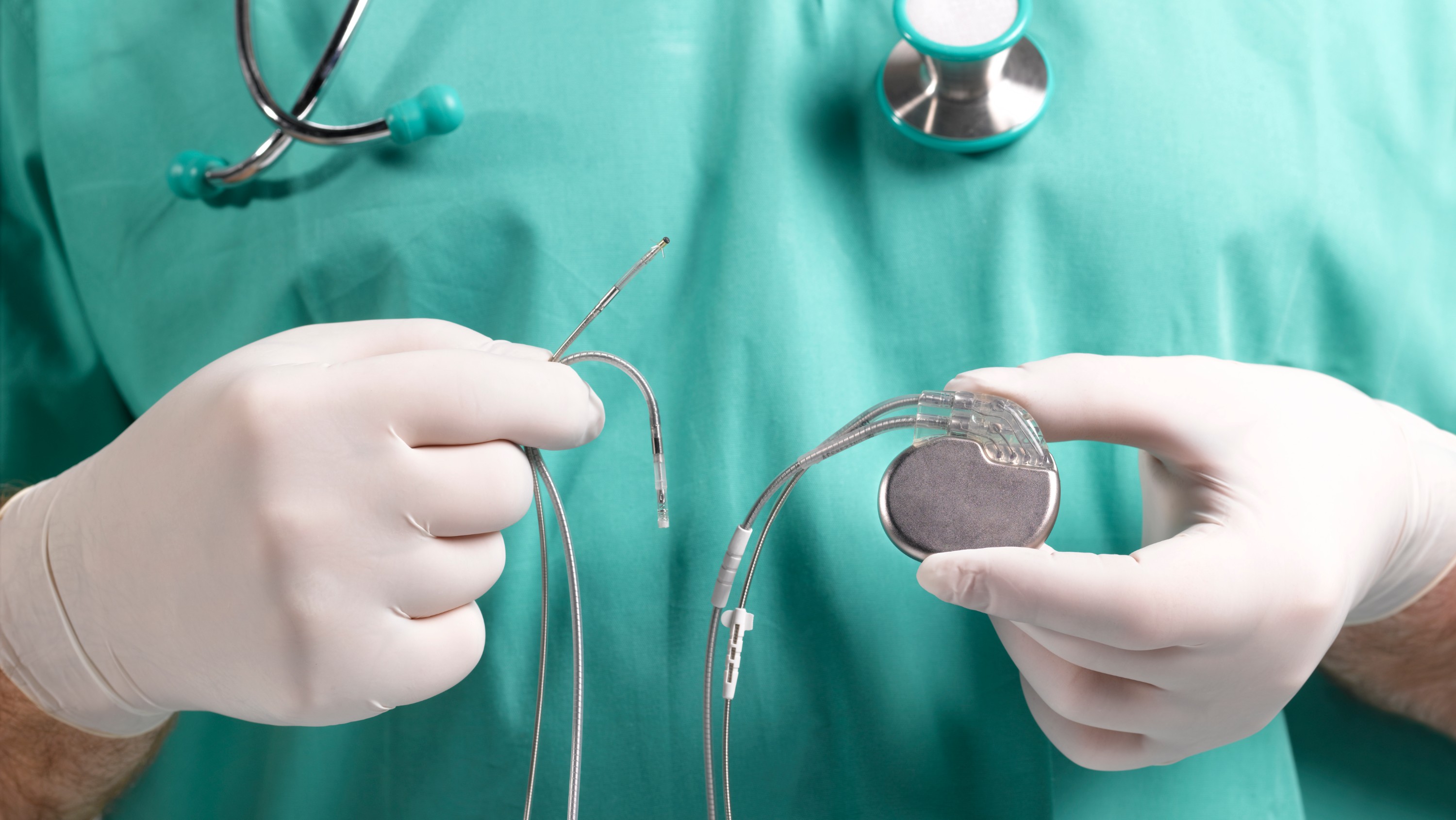Recently published research in the New England Journal of Medicine reveals the power of cardiac-resynchronization pacing in addition to an implantable defibrillator to save lives in patients with mild to moderate heart failure due to arrhythmia.
Cardiac-resynchronization defibrillators (CRT), also known as “biventricular pacemakers,” were first found to be effective at preventing death in a landmark Canadian study reported in 2010. The results were so resounding that all patients who were in the control arm of the study were later offered cardiac-resynchronization therapy. The pager-sized device is surgically implanted just below the collarbone, with three tiny leads that monitor the patient’s heart rhythm and emit pulses of electricity to coordinate each heartbeat.
The latest study followed 1,050 of the original 1,798 patients in eight Canadian centres for 14 years. Once again, a significant survival advantage was found for those with the cardiac-resynchronization therapy device compared with those who had only a standard implantable cardioverter-defibrillator therapy (ICD) — a separate, simpler device that monitors the patient’s heart rhythm and generates an electric shock to restart the heart if it stops. All patients also received standard medications for their heart conditions.
“As in the original study’s findings, the effect of the cardiac-resynchronization therapy was profound,” says co-principal investigator Soori Sivakumaran, associate clinical professor of medicine. “People lived longer with CRT in addition to the ICD than without it, and they had fewer hospitalizations for heart failure as well.”
Patients enrolled in the study were classified as Class II or III according to the standard New York Heart Association Functional Classification system, with an ejection fraction of less than 30 per cent, which indicates reduced ability to pump blood out of the heart.
Those who derived benefit suffer from a mechanical abnormality caused by the heart’s electrical system, resulting in the main pumping chambers of the heart beating out of sync. The pacemaker technology alleviates the “double-whammy” impact of the defect, which causes the heart to pump inefficiently and wear out over time from the added effort, according to Shane Kimber, local co-investigator on the new study and associate professor of medicine.
“It’s a subset of the total heart failure population, but in people who are eligible for CRT, the benefit derived is quite dramatic,” says Kimber. “It’s a very powerful treatment option in those patients.”
The team reported that 76.4 per cent of the ICD group died during the long-term study, whereas 71.2 per cent of the CRT plus ICD group passed away. The time until death was longer for those who had the pacemaker technology, and that group also needed fewer interventions such as transplants.
It’s estimated that 750,000 Canadians live with heart failure, according to the Heart and Stroke Foundation of Canada. Both researchers indicate that along with technological advances, medications continue to improve, but for these particular patients, CRT plus ICD remains the standard of care.
“The best way of fixing certain conduction abnormalities is with pacing,” says Sivakumaran. “I think pacing is much more effective than the medications for dealing with that particular component of heart failure.”
“This long-term, high-quality followup in a cohort of patients that were involved in the clinical trial should be reassuring to clinicians and patients,” says Kimber, who notes pacemaker batteries usually need to be replaced every five to seven years. “There is benefit to maintaining this therapy and carrying on with it.”
The pair credit the supportive research environment at the U of A for facilitating the followup study. The original study was funded by the Canadian Institutes of Health Research and the medical device company Medtronic.
